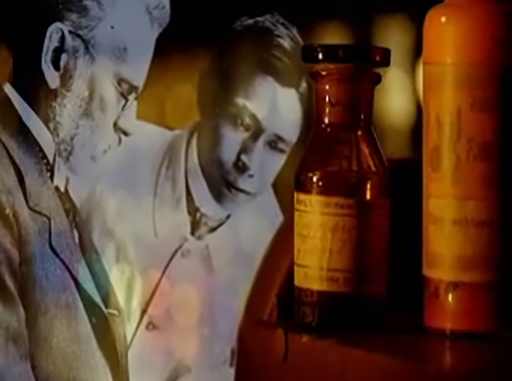Week 2: How do antibiotics work?
Introduction
In Week 1 you learned that antibiotics are used to treat bacterial infections. They either kill the bacteria outright or prevent them from growing and replicating. You were also introduced to the concept of ‘magic bullets’ – drugs such as antibiotics that are highly effective at treating infections without unduly harming the patient.
This second week of the course looks in more detail at how antibiotics work.
You will start by exploring how antibiotics can exert powerful antibacterial effects and yet be generally well tolerated by people and animals. You will then study the different modes of antibiotic action, looking in more detail in this week’s case study at the precise mechanism used by ß-lactam antibiotics. Finally, you will consider factors that determine antibiotic type, such as spectrum of activity and bactericidal or bacteriostatic nature.
Begin this week by watching the video below about the pioneering work of Paul Ehrlich (1854–1915). He discovered the first ‘magic bullet’ in 1909 – Salvarsan, a derivative of arsenic – which could cure syphilis. Ehrlich hoped that other ‘magic bullets’ which could be safely used to treat bacterial infections would swiftly follow. However, the world had to wait another ten years for penicillin to be accidentally discovered!

Transcript: Video 1 In pursuit of ‘magic bullets’: the seminal work of Paul Ehrlich.
By the end of this week, you should be able to:
- recognise different types of commonly used antibiotics
- recall the characteristic features of bacterial and human or animal cells
- explain why antibiotics have selective toxicity
- demonstrate how commonly used antibiotics affect bacterial growth
- summarise the main mechanisms by which antibiotics stop infections from spreading and kill bacteria.
